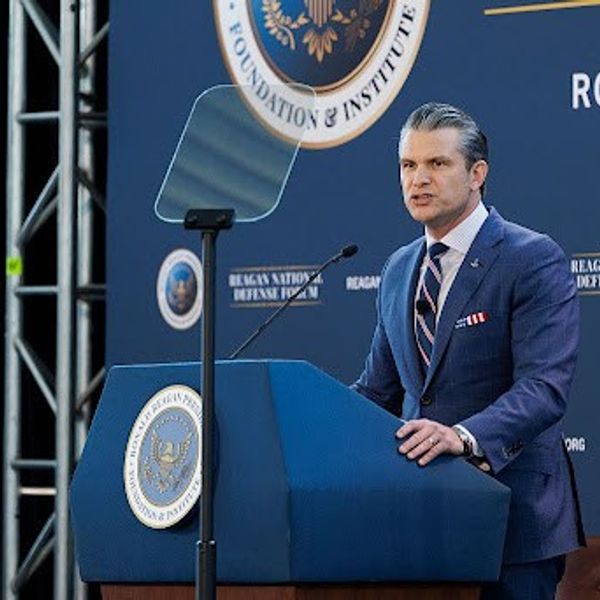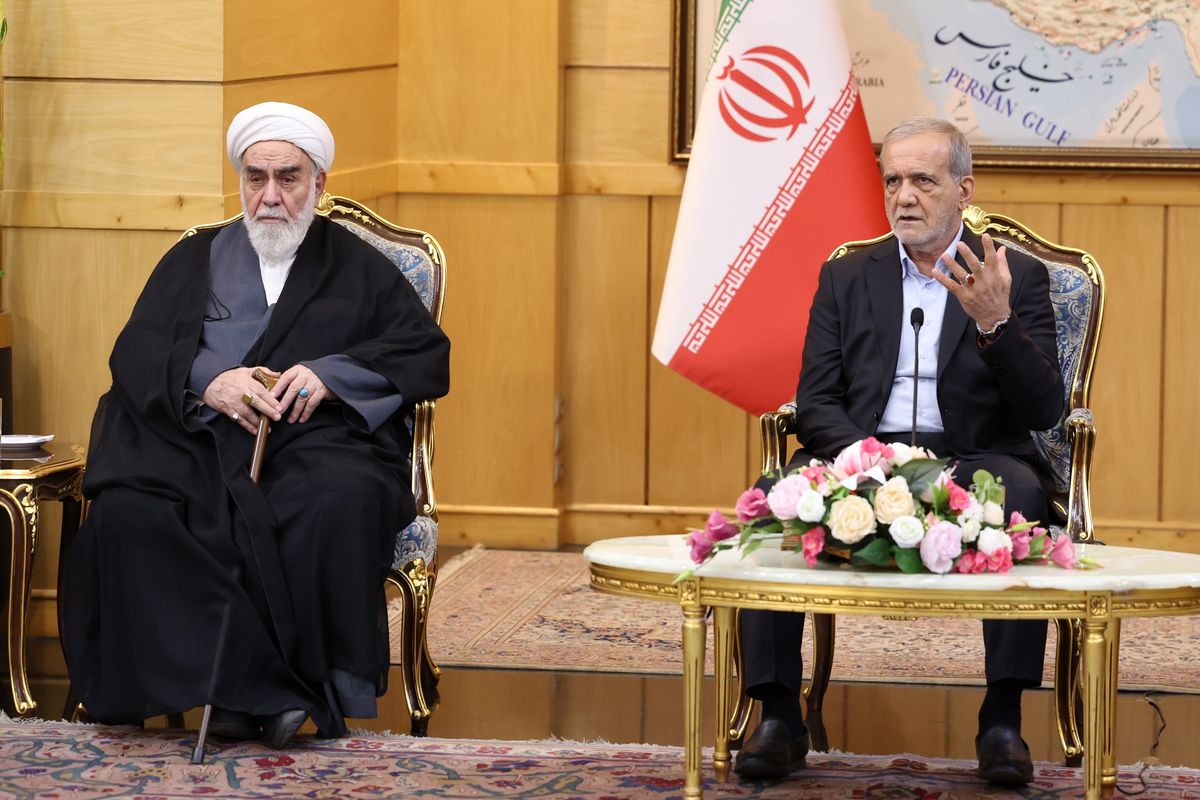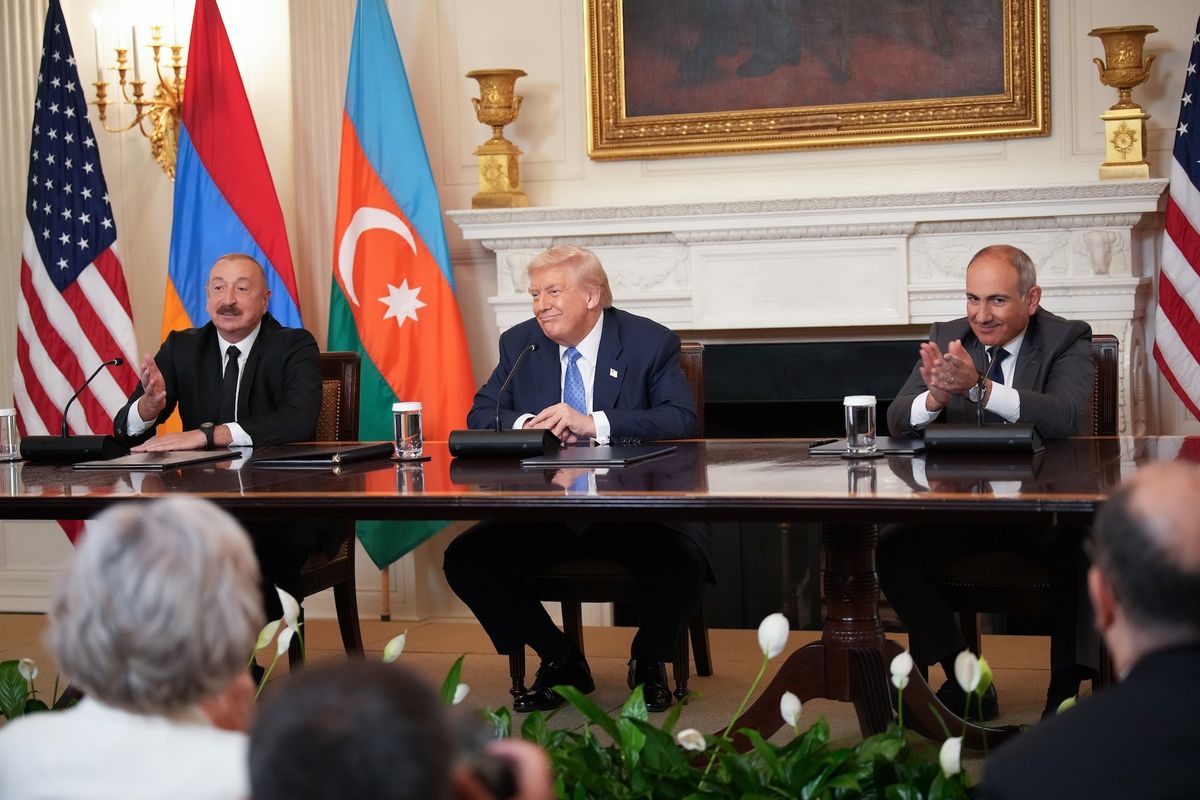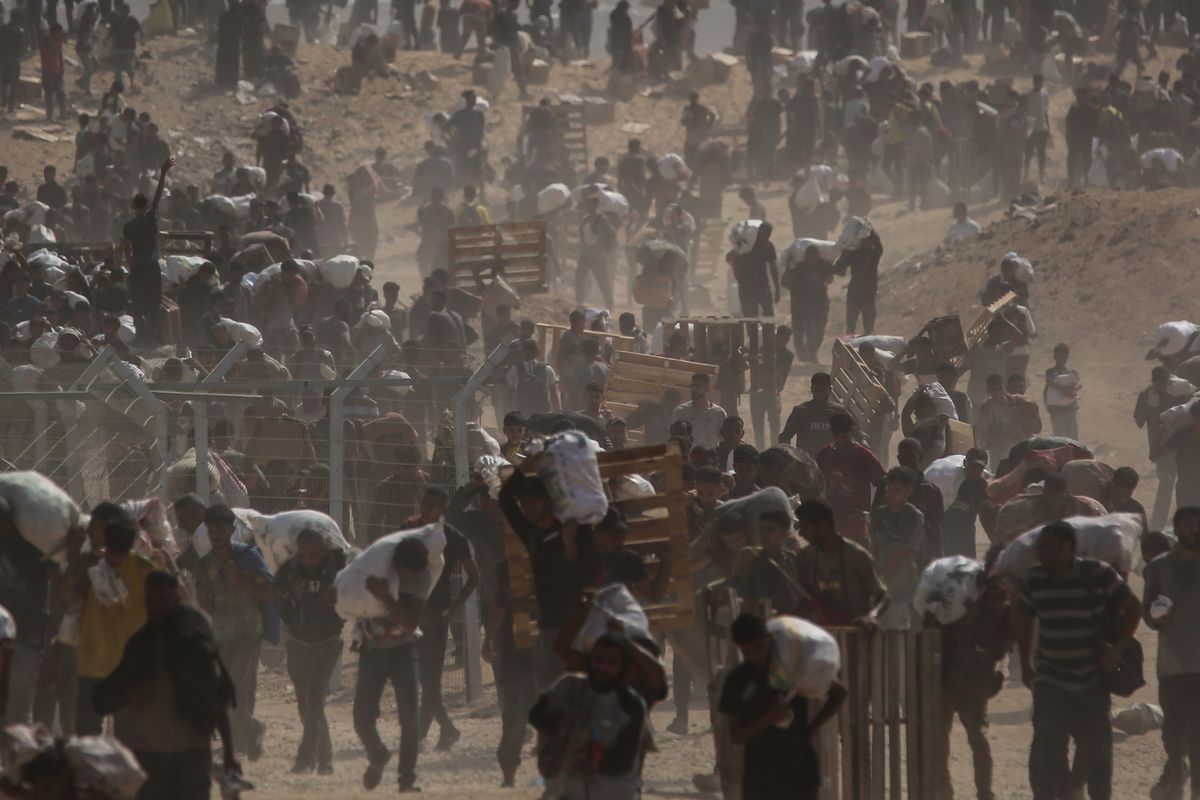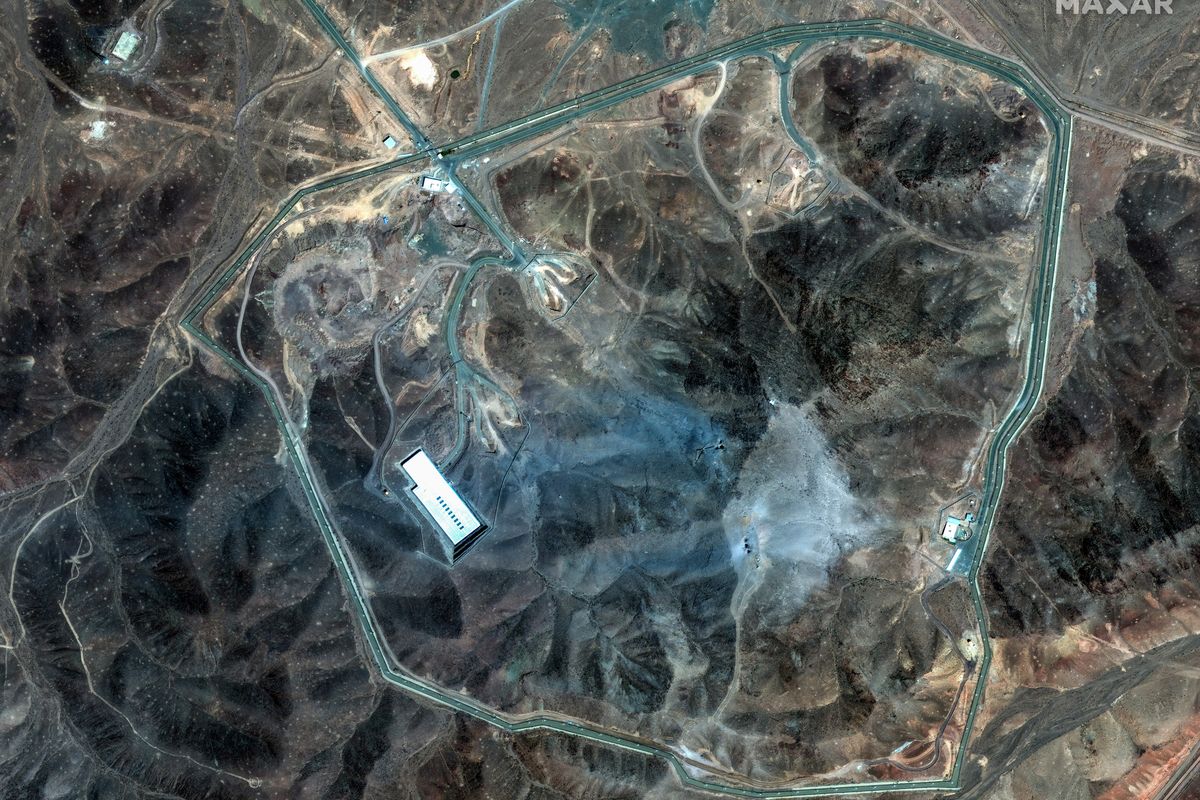The state of dissatisfaction within Iran today suggests that the regime is in deeper trouble than any time since the fall of the Shah – a dissatisfaction that has spread to the lower class ranks that fueled Iran’s 1979 revolution.
The resilience of Iran’s political institutions since the Islamic revolution has caused many Western observers to dismiss the recent unrest in Iran as inconsequential because the protests lacked leadership, were scattered, and there was no political endgame in sight.
What they miss is that the regime’s foundation is beginning to exhibit severe stress lines that the Iranian leadership is finding increasingly difficult to hide from its people while the Iranian people appear to be losing their fear of the regime. Also, the regime seems to be failing in one of its most proud accomplishments since its 1979 founding: the building of a welfare state that promised to address the basic needs of its people.
While protests were harshly suppressed over the allegedly fraudulent 2009 presidential election, that crackdown was aimed at the more liberal, cosmopolitan voters of north Tehran – a relatively thin sliver of the Iranian population that was protesting an important but fairly esoteric principle: that their votes didn’t count.
The more recent round of protests began in the heartland of the Iranian revolution: Mashhad, the hometown of Iran’s supreme leader Ayatollah Ali Khamenei. And the crowds were comprised of lower-income and lower-class Iranians that have traditionally been the bedrock of regime support.
Those angry, sweeping protests have given way to smaller, sporadic-but-continuing demonstrations that expose the regime’s failure to serve the wider population, namely its inability to provide reasonably priced basic commodities like food and fuel – and reveal its people’s growing boldness in expressing their dissatisfaction – a level of frustration and despair that has overcome their fear of punishment, as it arguably did in 1979 when they rose up against Shah Mohammad Reza Pahlavi.
Regime Worries
Many of the protesters are what could be termed the Ahmadinejad voter, i.e. followers of former Iranian President Mahmoud Ahmadinejad: people on the lower income scale who enjoyed the generous public subsidies that were a trademark of the former president but who have faced economic retrenchment under his successor, Hassan Rouhani. These people feel forgotten by Tehran and are resentful that the economic pain being felt in Iran has been born by them. More worrisome still, this aggrieved group has traditionally been the recruiting ground for the Basij militia and the Islamic Revolutionary Guards Corp (IRGC) who are the enforcers of regime stability.
What should also concern the regime is that the protesters no longer seem invested in the system, fed up as they are with corruption and economic hardship. The Islamic Republic is currently in the throes of a severe economic downturn with the Iranian rial decreasing in value by 25% in the first part of 2018. The Iranian government has proven unable to fight rampant corruption. The Iranian economy is opaque and dominated by corrupt networks of wealthy elites, military and the politically well-connected who can manipulate beneficial financial transactions through insider knowledge and immunity from prosecution, often through family ties and has been rocked by banking scandals, with regime officials going so far as to criticize investors who had lost money because Iranian banks had mismanaged their deposits, that have depleted consumer confidence in the government.
- Recently leaked budget details have exposed to the Iranian public the regime’s spending priorities and exacerbated public dissatisfaction with the regime.
- Disparate groups of the disenfranchised are keeping the spirit of the protests alive. There has been significant labor unrest already in 2018. The anti-hijab movement-of women publicly taking off their head covering, which has resulted in over 30 arrests—shows indication of a nascent civil disobedience campaign. Sufi groups are the latest to have bloody clashes with the authorities.
- Likewise, the younger generation’s growing fascination with Iran’s pre-Islamic past is a further sign of rejection of the regime. In October 2016, over 100,000 people turned up in Pasargdae, near Persepolis, to recognize the birth of Cyrus the Great, founder of the Achaemenian Empire. Throughout the recent protests, the flag and symbols of the old regime were displayed prominently in several cities during the unrest.
- The Iranian people have also expressed their disgust with the regime’s inadequate handling of environmental problems and pollution, inadequate responses to natural disasters such as earthquakes, and high spending levels to support military campaigns in Syria and Iraq.
Polarization among Iran’s political elite has become noticeably harder to conceal with open attacks on the supreme leader’s authority becoming prominent.
- While political infighting is not new in Iran, unnamed sources called into question the legitimacy of Supreme Leader Khamenei’s rule by leaking a video in January showing that Supreme Leader Khamenei—who succeeded Khomeini in 1989—was selected to be a caretaker after Khomeini’s death until the Iranian government selected a collective leadership and that his rule was originally intended to be temporary.
- In February, former Majles Speaker Mehdi Karroubi—who has been under house arrest since 2011—accused Khamenei of abusing his power and called on Khamenei to make unspecified changes before it is too late.
- Rouhani, trying to balance regime loyalty while weakening his chief political rivals, the Islamic Revolutionary Guard Corps (IRGC), has called for a referendum on the Islamic Republic.
The Return of the Prodigal Son
Injecting himself into the current turmoil is former President Ahmadinejad, who appears to be looking to escalate the unrest by making a series of demands on the government. Ahmadinejad may also be trying to reassert his political influence as the champion of the downtrodden Iranian formed the core of the protests.
- In February, Ahmadinejad called for the release of political prisoners.
- In the same month, Ahmadinejad sent an open letter to the Supreme Leader calling for free and fair elections “without the interference of the IRGC or the Guardian Council.
Ahmadinejad appears to be trying to weaken the Supreme Leader and increase his own relevance at a time when his populist appeals of wealth redistribution and an end to corruption resonate greatly with a restive public. The danger he poses to the regime remain his somewhat clumsy populism, his elevation of the pre-Islamic glory of Iran, and his desire to weaken the hardline political elite who oppose him. Ahmadinejad’s reckless oratory and penchant for bomb throwing could be a wild card that could lead to an unpredictable outcome.



